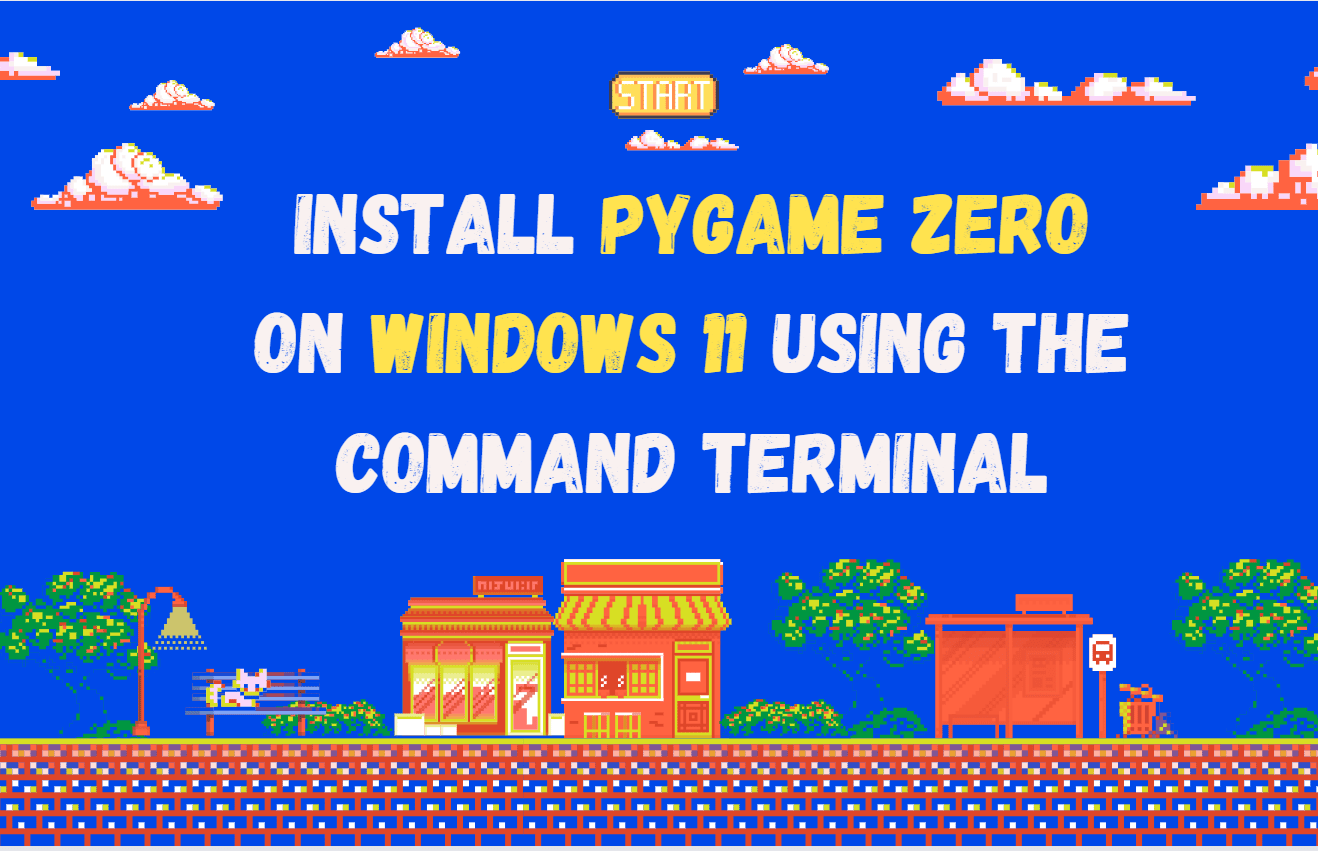Regular users of the internet are quite acquainted with the terms open source and free software, and those who do not a pay a lot of interest to the names might get confused between the two. A third variety of software is proprietary software, which you might not have heard about. No worries! After reading this article, you can seamlessly know the difference among the various categories.
Here in this article, we let you know about the advantages of open source software over proprietary software and also what are the benefits of free & open source software?
Proprietary software! Now what’s that
A proprietary software is a software, where the users can use the software, either for free, or by paying an amount, either once, or by paying some money every month, year, etc. The source code of the software is kept secret to an organisation or the developer, and is not shared, unlike open source ones. Proprietary software is just opposite to open source software, whose source code is available to the common public. Reading all these, you might think free software does not come under the proprietary software. But it is not so.
Proprietary and Open-source software
Software which are free but not open source are termed proprietary software. If the source code of a free software is not available to the common public for further research and development, it comes under the domain of proprietary software. Apple iTunes is a free software, but its source code is kept secret, thus, it belongs to proprietary software family. On the other hand, very popular Open Office is free, and the source code is also available, and thus, it is an open source software. See the illustration below to know the software categories, even better.

Free software and some elaboration
Free software, the term is somewhat self-explanatory. Yes, you can use the complete software for free, or at least get the core functionalities of the software for free. Though in many cases, you can use a specific software free for personal uses but need to pay some extra to obtain a commercial license, if you want to use it for your business.
A look at open source software
While on the other hand open source software are free, but in some cases, you might have to pay some pennies to some third-party vendors, if you want to integrate an open source software with an existing domain or want to do some extra tasks with it. Some open source software can also be modified by programmers, and the same can also be made available to you with a price tag.
To show you an example, Linux is an open source software, but Red Hat is a Linux distro, which also comes with a price tag.
After building your own new PC, it might be a difficult task to accommodate some new software within your budget. In these cases, you can start using some free and open source software for some days, before you switch to a paid version of the same category. Using free software can also fulfill your requirements because trust me, some free and open source software are all the way better than the higher priced counterparts.
Differences between free and open source software
The core difference between free and open source software is that, in case of free ones, the software can be free to use and distribute, but the source code is not available to the general public, which can help the developers add some lucrative features with a price tag. In case of open source software, the source code is available to general public for free, giving them scopes for further improvements. Open source software come with GNU Public License or GPL, which give the right to others, to edit or modify the source code for further developments.
Without further delay, let’s explore the advantages of free software.
- Apart from being free, free software are easy to get. The steps involved, searching for a software, choosing a source, and download it from your preferred source. Install it.
- Free software can be easily distributed, which is also like doing a social service. Just kidding. But you can easily help your friends or your family in need if they need some software for a purpose.
- Bug fixes and solution to other troubles, or software updates, in simple words, is just a matter of few days, in case of free software, though it depends on the competitors. A developer of a free software thriving amongst a cut-throat competition will try to retain customers by dispatching quickest updates so that the users don’t think of a second avenue.
- The most free software can be obtained by users in form of a portable version, which can keep away pressure on a system, as they do not require installation. The software can be on present a USB flash drive, central server, or on the cloud.
portableapps.com is one of the best portable apps platforms, I personally prefer.
Not mentioning the cons will not be fair. Let’s have a look at the cons.
- Free software can sometimes come with ads, which can be pretty annoying at times. No doubt, developers need support, but that should not be at the cost of user’s satisfaction. Small ads, at the top, or below the app though, is acceptable. The Terms and Conditions will reveal, whether the software can show you ads.
- Free software, which requires installation can come from multiple sources, and they might add malware to the installer package, though, I will not make the developers responsible for that. Reading the download description properly and keeping the eyes open at the time of installation, can help you keep away installation of malware and bloatware.
Ninite is my personal favorite platform to download Windows software, which can help you install multiple apps at once, and is available without any packed malware.
- Some free software can also come with payloads, which can track the user’s activity on the software. Later on, the data is used for data mining operations, which is not a privacy issue for the majority, but many users might personally hate that. Reading the Terms and Conditions or Privacy-Policy properly can reveal, whether the app will collect user’s data or not.
Let’s now switch our attention to open source software, which in some cases better or worse, compared to free. Open source software is also better than proprietary software for a number of reasons.
Let’s have a look at the Advantages/Pros of Open source
- Open source software is freely available and comes with even more functionalities, as programming groups can add new features from time to time for free, which can make them more powerful than paid proprietary ones, quite often.
- Open source software is quite efficient in dispatching updates and bug fixes, as a single problem on a software will be visible to millions of programming groups, capable of fixing it, at the same time. Some programmers will surely dive into fixing the issue, dispatching the solution at the earliest. While the purchased proprietary software will dispatch updates, but in most cases, it takes days or weeks.
- As the source code is freely available, you can modify it according to your requirements, provided, you have coding knowledge and make the software your own cup of tea. You also have the permission to distribute the same, in most cases, but better read the license agreement, to keep away any hassles. Sharing or distributing proprietary software is unofficial in most cases.
- Downloading open source software packages from the internet is very easy, and you can not only get the package, but also the source code of the same from the official website of the software or package.
Let’s have a look at the cons. I promise it won’t be lengthy.
- The backbone of the open source platforms is a group of volunteer programming groups, who have the capability to provide quick fixes and updates for the platform. If for any reason, the groups stop showing their interest in the project, the project will be dead.
- Updates for open source software are very fast. Though it is an advantage, but a coin also has its tail. Frequent updates for a software might make it unstable for a particular system, addressing of which can even take some more time.
Now things are clear about free and open source software. Why not have a look at some free or open source alternatives for some popular paid software and packs.
[one_third]
Open Source Example
Ubuntu, CentOS, OpenSUSE, Linux Mint
[/one_third]
[one_third]
Proprietary or paid software Example
Microsoft Office (Office Suite software)
Adobe Photoshop (Photo editing software)
Windows (OS)
WinZip / WinRAR (Compression software)
Nero StatSmart /Express (CD/DVD Burning)
[/one_third]
AlSO SEE: 6 Best Open source Personal Cloud Software to Setup Cloud storage






hellow yor website is nice